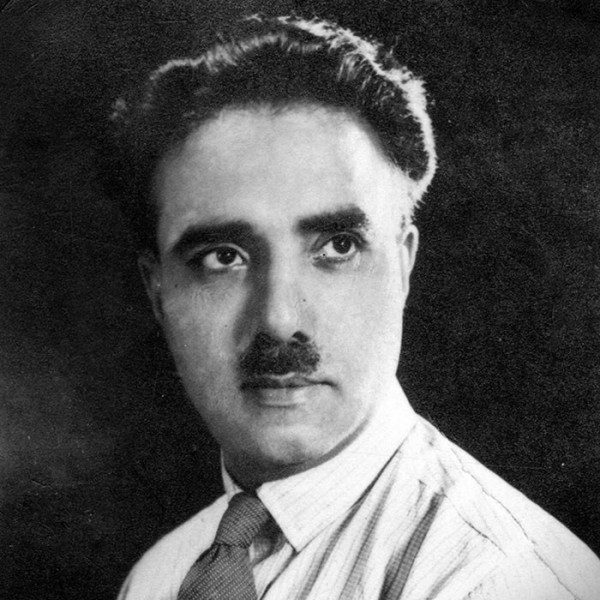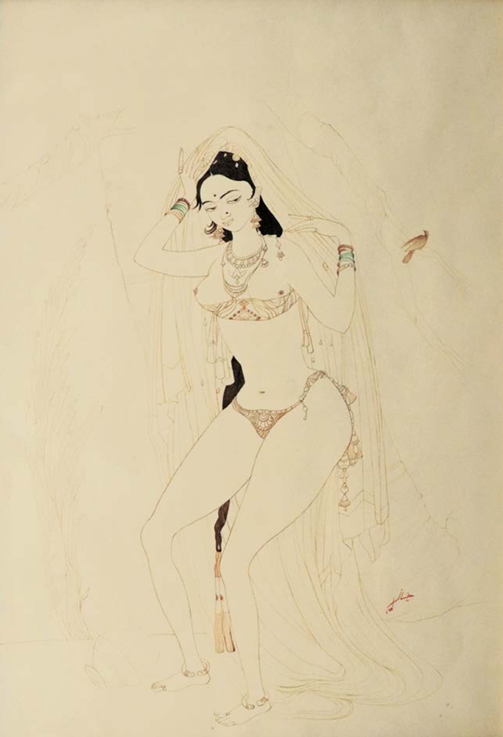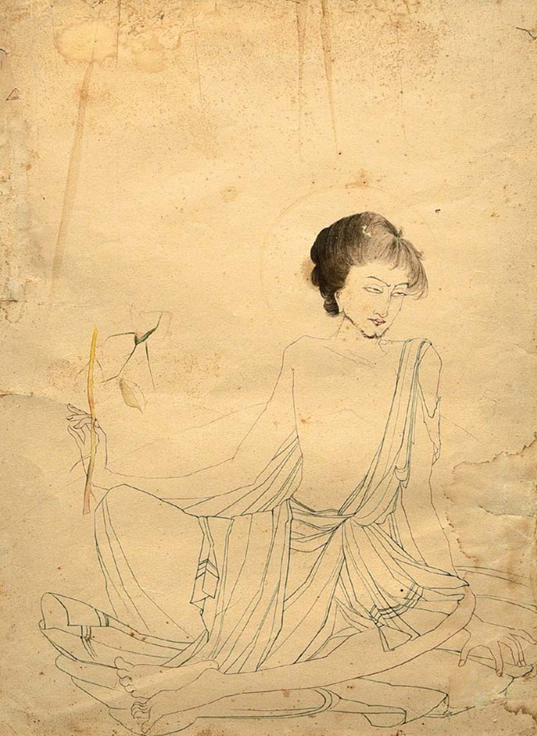Abdur Rahman Chughtai
ABOUT
"The myth of the watercolour wash technique of Chughtai Art; enigma of imagined secrets versus simplicity of pure hard work."
Painter | Pakistan
Born in 1894
Died in 1975

Abdur Rahman Chughtai was a seminal Pakistani painter, intellectual, and one of the most distinguished modern Muslim artists from South Asia. Regarded as the National Artist of Pakistan, he pioneered a unique style that revitalized traditional South Asian art with modern influences. Born in Lahore into a family of artists and architects, Chughtai was formally trained at the Mayo School of Arts, where he was exposed to the Bengal School of Art. However, he soon developed his own distinctive aesthetic, known as the "Chughtai Style." This style is a masterful blend of Mughal and Persian miniature painting traditions, Islamic art, and the fluid lines and decorative elegance of Art Nouveau. His work, primarily in watercolour wash, is characterized by ethereal, elongated figures, delicate lines, and a radiant yet subdued colour palette, often infused with symbolic imagery. His subject matter was vast, drawing heavily from the legends, folklore, history of the Indo-Islamic world, as well as Hindu epics, illustrating the poetry of figures like Mirza Ghalib (in his famous Muraqqa-i-Chughtai) and Allama Muhammad Iqbal. A prolific artist, Chughtai produced nearly 2,000 watercolours, thousands of sketches, and hundreds of etchings and aquatints. He also designed postal stamps, coins, and the insignia for Radio Pakistan and Pakistan Television. His international acclaim is demonstrated by his works being held in major collections worldwide, including the British Museum and the Victoria and Albert Museum. His contributions earned him the title of 'Khan Bahadur' and Pakistan's highest civilian honours, the Hilal-i-Imtiaz and the Pride of Performance. Chughtai's legacy lies in his innovative fusion of cultural traditions, establishing an indigenous artistic identity rooted in the subcontinent's rich heritage.

